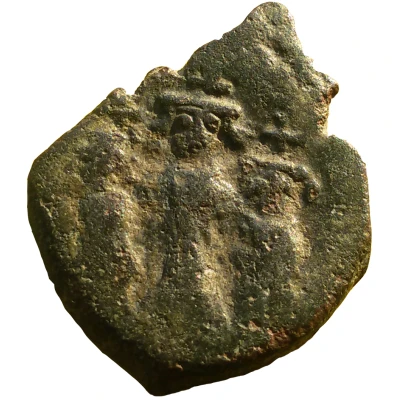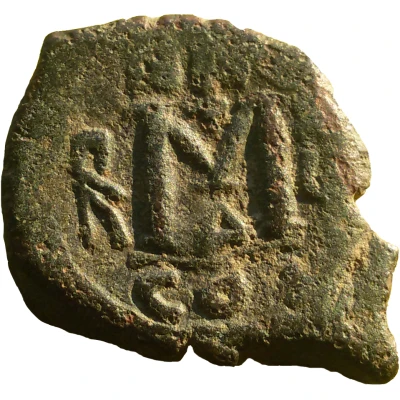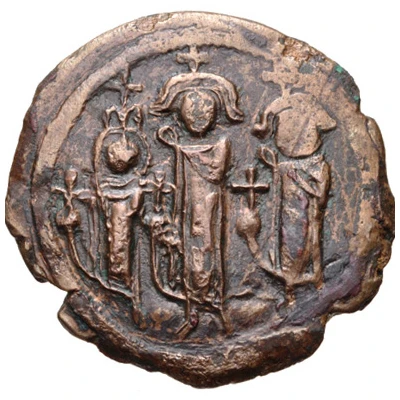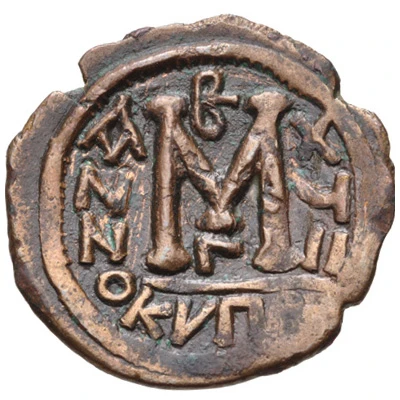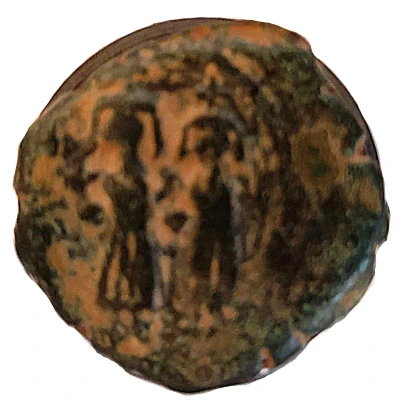
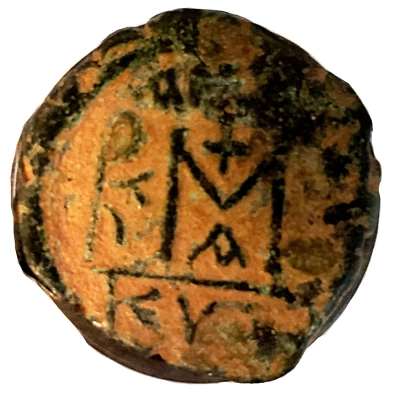

© Djole
40 Nummi - Heraclius Cyzicus ND
| Copper | 6.75 g | 24 mm |
| Issuer | Byzantine Empire (Byzantine states) |
|---|---|
| Emperor | Heraclius (610-641) |
| Type | Standard circulation coin |
| Years | 625-630 |
| Value | 1 Follis = 40 Nummi (1⁄288) |
| Currency | First Solidus Nomisma (498-720) |
| Composition | Copper |
| Weight | 6.75 g |
| Diameter | 24 mm |
| Shape | Round (irregular) |
| Technique | Hammered |
| Orientation | Coin alignment ↑↓ |
| Demonetized | Yes |
| Updated | 2024-10-04 |
| Numista | N#148941 |
|---|---|
| Rarity index | 91% |
Reverse
Denomination (M) in centre, cross above, officina letter below (A); monogram at left; regnal year at right; mintmark in exergue (KYZ).
Interesting fact
The Byzantine Empire, which issued this coin, was known for its advanced economy and trade networks, and its coins were used extensively in international trade. The 40 Nummi coin, in particular, was an important denomination during the reign of Emperor Heraclius (610-641 AD), who introduced a new currency system to replace the old Roman system. This coin was made of copper and weighed 6.75 grams, which was a significant weight for a coin at that time. Its design featured the image of the emperor on one side and various symbols and letters on the other, indicating its value and authenticity. Overall, this coin is a fascinating piece of history that provides insight into the economic and cultural achievements of the Byzantine Empire.
